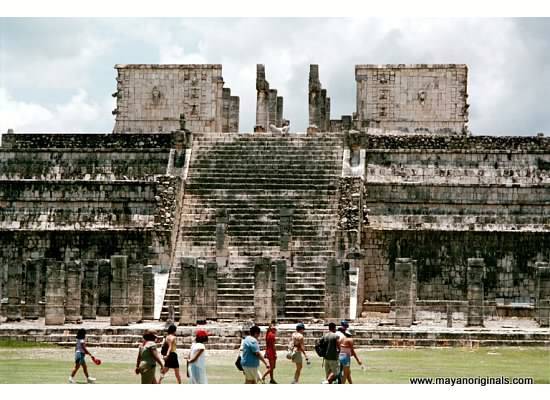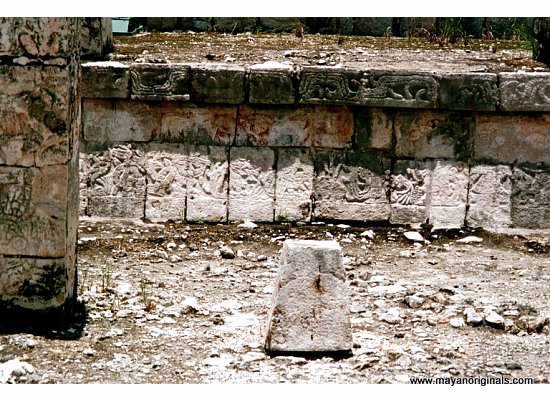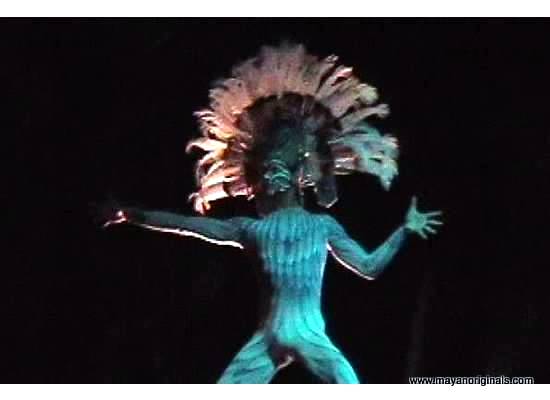
Vestiges of the Maya: A Controversial Exploration of Ancient Connections
Published in the late 19th century, Augustus Le Plongeon’s “Vestiges of the Maya” challenged the prevailing understanding of Mayan civilization. Le Plongeon, an amateur archaeologist driven by a deep fascination with the Maya, proposed a bold and controversial thesis: the ancient Maya of the Yucatan Peninsula were not an isolated culture, but rather shared profound connections with civilizations from across the globe. He argued that similarities in architectural elements, religious iconography, and mythological themes pointed to a network of cultural exchange, or even a shared origin, between the Maya and ancient Egyptians, as well as inhabitants of far-flung regions like Asia and Africa.
Le Plongeon meticulously documented his observations of Mayan architecture, noting the pyramid structures found extensively in Mesoamerica and Egypt, both serving religious or funerary purposes. He also drew comparisons between the stepped pyramids of Mesoamerica and the ziggurats of Mesopotamia, suggesting that these structures might reflect a shared concept of a tiered universe or connection between the earthly and celestial realms.
In addition to architectural forms, Le Plongeon identified recurring motifs in religious iconography across vast geographical distances. The serpent, a powerful symbol in Maya mythology, also appeared prominently in the art and belief systems of the ancient Egyptians. Le Plongeon viewed such parallels as possible evidence of cultural exchange or a deeper, shared symbolic language emerging from similar human experiences and attempts to grapple with the natural world and humanity’s place within it. For instance, he noted the shared serpent motif could represent ideas of transformation and rebirth, given the serpent’s association with shedding its skin. Le Plongeon also suggested that the sinuous form of the serpent might have been seen as a powerful symbol of water, fertility, or the natural world in various cultures.
Key Points of Le Plongeon’s Argument
Shared Symbolism: Le Plongeon identified a range of potential connections between Mayan iconography and symbols found in other parts of the world. For instance, he noted the pyramid structures common in Mesoamerica and Egypt, both serving as temples or funerary complexes. He also drew comparisons between the stepped pyramids of Mesoamerica and the ziggurats of Mesopotamia, noting that these structures might reflect a shared concept of a tiered universe or connection between the earthly and celestial realms. In addition to architectural forms, Le Plongeon pointed to recurring motifs in religious iconography. The serpent, a powerful symbol in Maya mythology, also appeared prominently in the art and belief systems of the ancient Egyptians. Le Plongeon viewed such parallels as possible evidence of cultural exchange or a deeper, shared symbolic language emerging from similar human experiences and attempts to grapple with the natural world and humanity’s place within it.
However, archaeologists today caution against simplistic comparisons. They argue that similar shapes and symbols can arise independently due to similar societal needs or cultural contexts. For instance, pyramids might have emerged as a practical solution for building tall structures in different regions, accommodating large populations for rituals or serving as monuments to rulers. Similarly, serpent imagery could have arisen separately as a way to represent powerful forces or creation myths. The serpent’s association with shedding its skin could have led to its connection with rebirth cycles and transformation in various cultures, while its sinuous form might have been seen as a powerful symbol of water, fertility, or the natural world. Rigorous analysis of artistic styles, contexts, and potential trade routes is essential to determine whether such similarities reflect genuine connections or coincidental developments.
Furthermore, archaeologists note the importance of considering the vast stretches of time involved. Cultures can develop and adapt symbols over long periods, and a single similarity may not be enough to prove a direct link. For instance, the iconic Maya calendar system demonstrates a sophisticated understanding of astronomy and mathematics, but comparisons to calendars used in other ancient civilizations need to be carefully evaluated within their specific historical contexts. Were these calendars based on similar observations of celestial bodies, or did they emerge from independent traditions of measuring and recording time?
- Queen Moo and Atlantis: Le Plongeon’s writings prominently featured a figure known as Queen Moo, who he believed was a ruler of an advanced civilization predating the Maya. He linked Queen Moo to the legendary lost continent of Atlantis, proposing that a catastrophic event, possibly a natural disaster, led to Atlantis’s destruction. According to Le Plongeon, survivors of this cataclysm migrated to various parts of the world, carrying with them their knowledge and cultural practices, which influenced the development of civilizations like the Maya and ancient Egypt. This theory reflected a popular fascination with Atlantis in 19th-century society, fueled by Plato’s writings and speculation about unexplained cultural similarities across the globe. However, archaeologists have found no evidence to support the existence of either Queen Moo or Atlantis. Furthermore, Le Plongeon’s connection between these supposed figures and the Maya lacked any concrete archaeological backing.
Criticism and Legacy
Le Plongeon’s work was groundbreaking in its attempt to explore connections between the Maya and other ancient civilizations. However, his methods and conclusions were largely rejected by mainstream archaeologists of the time for several reasons. First, his translations of Mayan hieroglyphs, a crucial key to understanding Mayan history and culture, were demonstrably inaccurate. Second, he relied heavily on circumstantial evidence and speculation to support his theories, rather than on rigorous archaeological fieldwork and data analysis. Third, his focus on grand narratives, such as Queen Moo and Atlantis, overshadowed the meticulous study of everyday Mayan life and societal development that was central to the emerging field of archaeology.
Despite these shortcomings, Le Plongeon’s work did have a lasting impact. He played a role in raising public awareness about the Maya and their impressive achievements. His writings helped to spark a broader interest in Mesoamerican cultures and their potential connections to other parts of the world. Even though most of his core ideas about shared origins or lost civilizations are now discredited, “Vestiges of the Maya” serves as a reminder of both the allure of ancient civilizations and the importance of developing strong scientific methodologies in archaeological study. Archaeology has come a long way since Le Plongeon’s era, and meticulous excavations, along with advances in deciphering Mayan writing systems, have provided a much richer and more nuanced understanding of Mayan civilization and its place in the broader tapestry of human history.





















